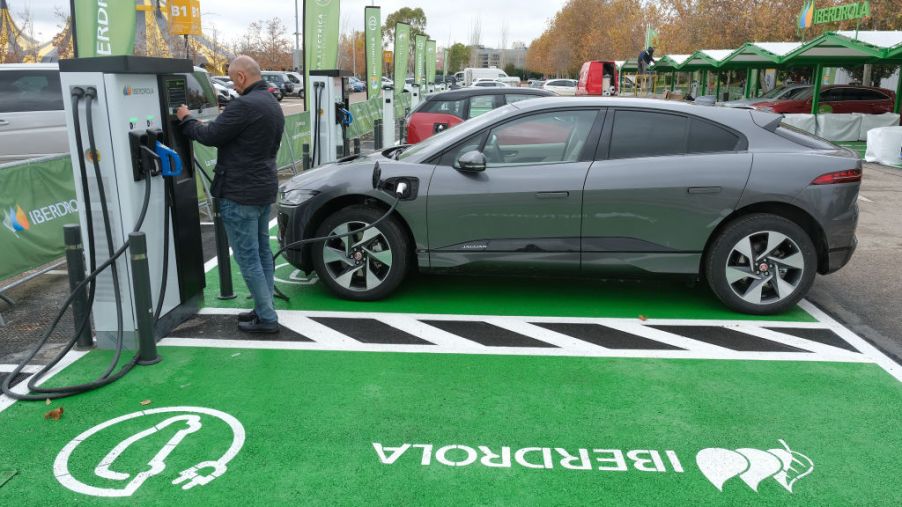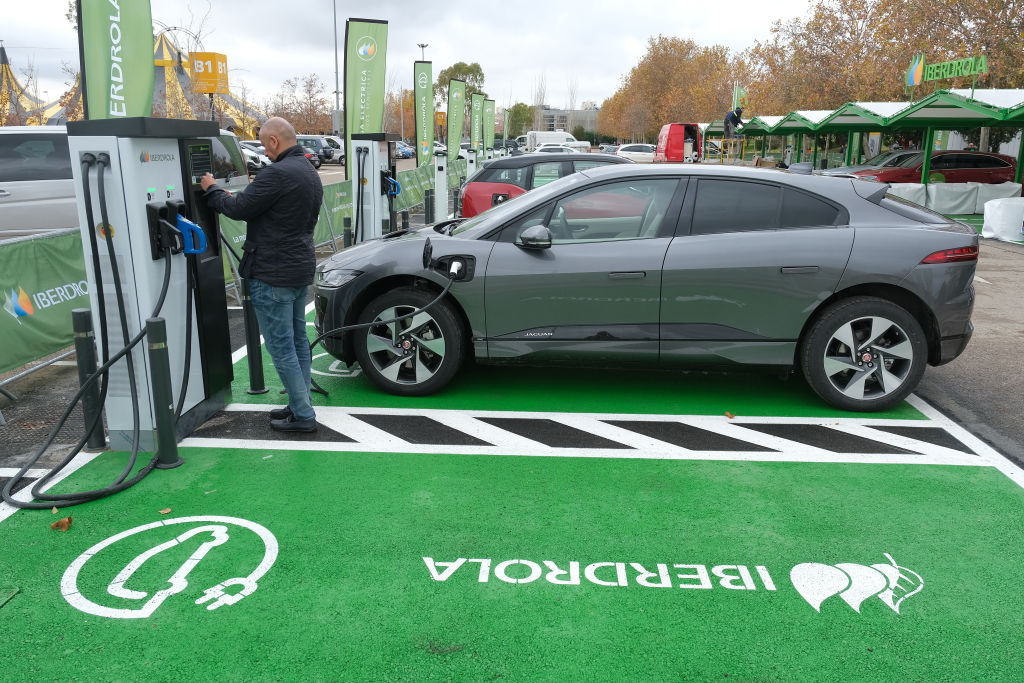
What’s the Best Route Across the U.S. If You Have an Electric-Powered Car?
Going on a road trip across the country is probably on almost everyone’s bucket list. The idea of jumping in your car and driving off into the sunset has a certain allure to it, and many people have lived that dream. Now with the influx of electric vehicles, you can take this epic journey without negatively impacting the environment.
The main problem with this is that charging stations are not always easy to find. While you can always hitchhike your way into town to get gas if you run out, you can’t carry a charging station back. More and more charging stations are being constructed every day, but there are still a lot of communities out there that don’t have a single one. So if you plan on going cross country in an EV, you need a game plan before you get started.
Here’s a route to help you get from Los Angeles, California all the way back to Los Angeles, California without hitting the same charging station twice, courtesy of Car Rentals.
The epic road trip
While this particular road trip starts in Los Angeles, you don’t necessarily have to start there. No matter what state you live in, with a slight adjustment, you can make this road trip a reality. Car Rentals reports, “this route is 8,279 miles long and will take 126 hours and 14 minutes to complete.” If you follow the full route, you’ll go through California, Washington, Colorado, New York, Washington, D.C., and Tennessee, just to name a few places.
Some of the sights you will see include the Appalachian Mountains, all the sights in Washington, D.C., Nashville, and the Grand Canyon. If there’s some cool little restaurant you’re dying to try out or a zoo your kids have been raving about, feel free to change up the route. It’s your road trip, after all.
There are 17 anchor spots listed, but to be on the safe side, make sure you have more charging stations listed on your map so you can always charge up sooner rather than later. While there aren’t nearly as many charging stations for EVs as there are gasoline stations, that is changing. If you’re planning this trip months in advance, you may be pleasantly surprised to find that a charging station has been opened up near that historical site you’ve been dying to see.
How do you find electric vehicle charging stations?
Whether you’re going by this exact route or are changing it up so that you can see a specific site, you may find that you need to charge up sooner than the route allows. If that’s the case, you need to know how to find a charging station that doesn’t include driving around and hoping to come across one.
Thankfully, that’s not a big issue. Most EVs alert you to the fact that you need to charge up soon and come equipped with a navigation system that will direct you to the nearest charging station. If you don’t want to rely on your navigation system, sites like Plugshare, the U.S. Department of Energy, and Open Charge Map are great resources to use. McDonald’s is also jumping into the EV game, so in a few years, finding a station may be as simple as finding a local McDonald’s.
What happens if your electric vehicle runs out of power?

Before you set out on your road trip, you need to be prepared. For example, what happens if you planned to charge up in Dallas Texas, but a storm has knocked out power to the charging station? It’s not fun to think about, but these things do happen from time to time.
If it’s a worst-case scenario and you do run out of power, don’t panic; all is not lost. You’ll have to have your car towed in, but it’s not that bad. Driving Electric recommends that you have your EV towed in on a flatbed truck to prevent your car from being damaged. Most EVs will give you plenty of warning, so if you know you’ll be running out soon, play it safe and charge up.


